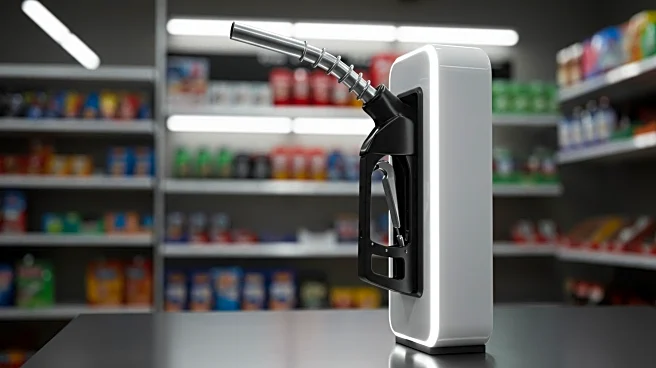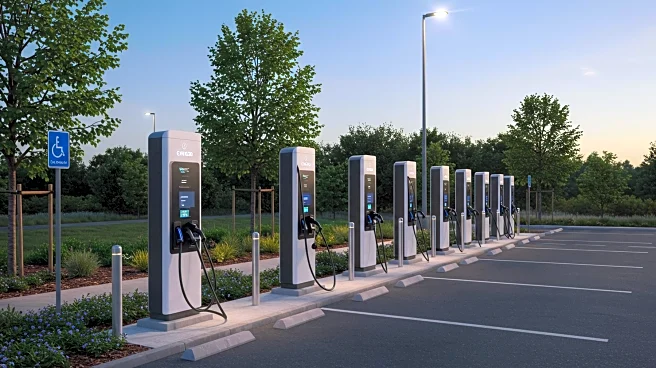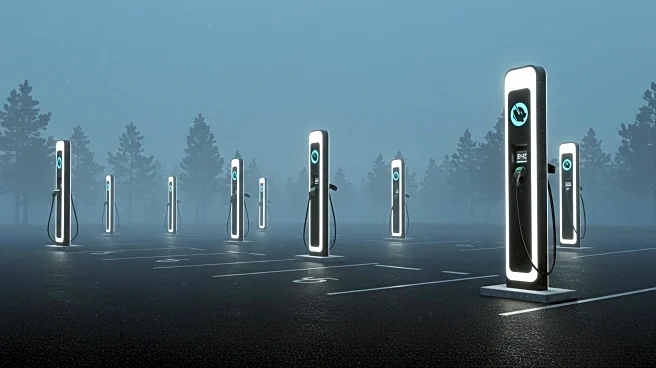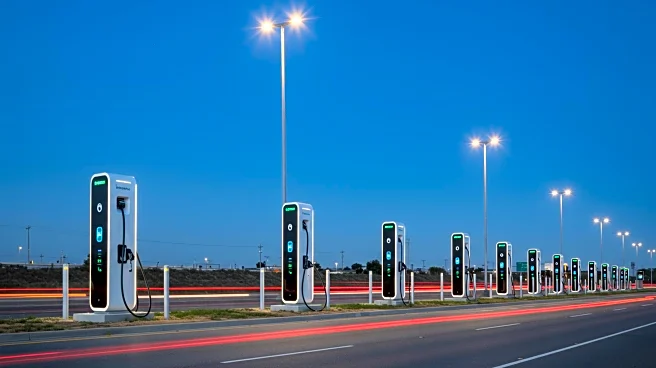
One of the strange realities of running a gas station that many people may not know is that these businesses don't make much profit off fuel sales. In fact, after factoring in all of the operating costs, gas stations only make $0.03–$0.07 profit per gallon, according to Fortune. Major oil companies don't own all of these fuel stations. Instead, more than half are franchises that must part with some of their profit to pay royalties to use major brand names or independent operators that must source
fuel on the open market. To bolster the meager profits made from fuel sales, many gas stations are exploring additional methods of making money, such as expanding their convenience stores.
By creating essentially what amounts to a grocery store next to the pumps, a gas station can increase its revenue, making the business more viable. A typical grocery store has a profit margin of only around 1% to 3% but that's still much more lucrative than fuel sales alone. An example of this phenomenon is a must-see gas station that's taken over social media, with one location setting the record for the largest convenience store in the world. Of course, there is another crucial factor driving this trend: the increasing number of electric vehicles.
Read more: The 5 US States With The Highest Speed Limits (And 5 With The Slowest)
EV Drivers Can Shop While Charging
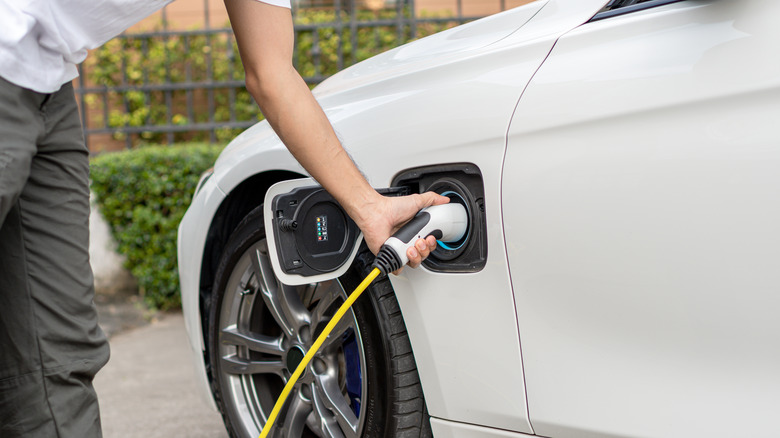
The share of electric vehicle sales rose from just 0.2% in 2011 to 4.6% in 2021, according to the U.S. Bureau of Labor Statistics. This growth spurred some gas station owners to start adding charging points. However, refueling a gasoline-powered car takes significantly less time than recharging an EV. Several factors determine charging times, including the three levels of EV charging, battery size, and outdoor temperatures. Best case scenario with a fast charger, you're looking at approximately 30 minutes to reach an 80% charge. Worst case, you could be looking at hours before your EV is ready to hit the road.
From a business standpoint, it doesn't make much sense to have customers just sitting in their vehicles for extended periods. Instead, gas station owners would rather invest in a larger convenience store, where visitors can both kill time and purchase goods. This positions these owners well for not only the current crop of EVs on the road, but also for the potential future growth of battery-powered vehicles.
Not Everyone Is A Fan Of The Oversized Convenience Store Trend
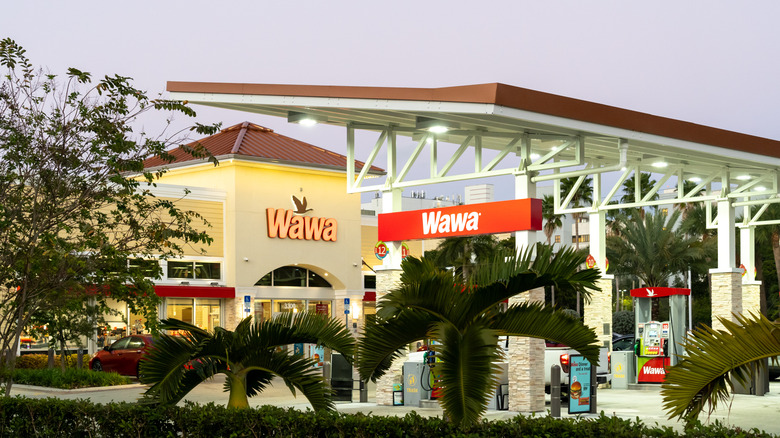
There are some inevitable ramifications to building a round-the-clock gas station that includes a convenience store larger than 50,000 square feet. It's going to attract a lot of motorists, potentially creating additional congestion in the area. The brightly illuminated signs, exterior lighting, and engine noise can also negatively impact nearby homeowners, who may object to the constant round-the-clock activity.
In fact, some city councils have begun fighting this trend, voting to halt these huge gas stations before they break ground. To make matters worse, these convenience giants that were once located primarily along major highways have started moving into residential communities, prompting pushback. Some would even argue that old gas stations were way better than what exists now.
Another concern for residents is the trend of gas stations opening across the street from each other. If one massive station pops up in a community, others seeing the market opportunity are likely to follow, changing the area dramatically. One explanation for this concentration of stations is that businesses are attempting to find an ideal centralized location that attracts the most customers. As a result, when multiple owners are crunching data to determine where they can capture the most business, they often end up very close to one another.
Want the latest in tech and auto trends? Subscribe to our free newsletter for the latest headlines, expert guides, and how-to tips, one email at a time.
Read the original article on SlashGear.


